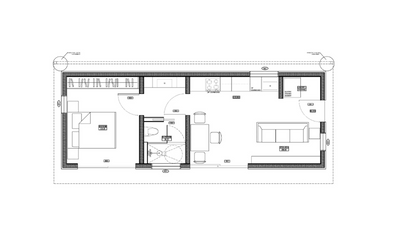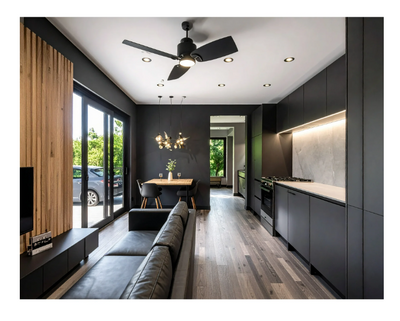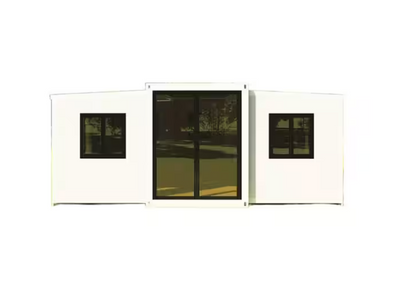California, often referred to as the Golden State, is not only known for its stunning coastline, diverse landscapes, and iconic cities but also for its innovative approach to housing. In recent years, Accessory Dwelling Units (ADUs) have emerged as a key solution to address the state's housing crisis while offering homeowners new opportunities for flexibility and income generation. Let's dive into this exciting trend and understand how ADUs are reshaping the California housing landscape.
What are ADUs?
Accessory Dwelling Units, or ADUs, are secondary, self-contained living spaces located on the same property as a primary residence. They can take various forms, such as granny flats, in-law suites, backyard cottages, or converted garages. ADUs provide homeowners with the opportunity to utilize existing space to create additional, independent living quarters.
The California Housing Crisis:
California's housing market has long been notorious for its high costs and limited availability. Rapid population growth, coupled with a shortage of affordable housing, has led to soaring prices and increased demand for alternative housing solutions. ADUs have emerged as a viable option to help alleviate this crisis.
The ADU Revolution in California:
In response to the housing crisis, California has taken proactive steps to encourage ADU construction. In 2017, the state passed a series of laws that eased regulations and streamlined the permitting process for ADUs. These legislative changes removed many of the previous barriers that homeowners faced when considering ADU construction.
Benefits of ADUs:
-
Increased Housing Options: ADUs provide an opportunity to create additional, independent living spaces on existing properties, thus increasing the overall housing supply.
-
Multigenerational Living: ADUs enable families to accommodate multiple generations under one roof, fostering closer familial bonds and providing caretaking options for aging relatives.
-
Rental Income: Homeowners can generate rental income by leasing out their ADUs, providing a new source of revenue that can help offset mortgage costs.
-
Property Value Appreciation: The addition of an ADU can potentially increase the overall value of a property, making it a smart investment in the long run.
-
Sustainable Living: ADUs promote denser, more sustainable urban development by making use of existing infrastructure and reducing the need for additional land resources.
Challenges and Considerations:
While ADUs offer numerous advantages, there are important considerations to keep in mind. These include local zoning regulations, building codes, and budgetary constraints. It's crucial for homeowners to thoroughly research and plan their ADU project, potentially seeking guidance from experienced architects and contractors.
Conclusion:
The rise of ADUs in California represents an innovative and practical response to the state's housing crisis. By offering homeowners the opportunity to maximize their property's potential, ADUs contribute to a more sustainable, affordable, and inclusive housing market. As the ADU movement continues to gain momentum, it's clear that this trend will play a crucial role in shaping the future of housing in California.







